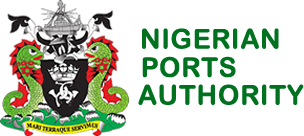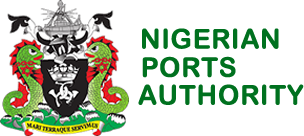Step by step guide for imports into Nigeria
Import Procedure
The import process in Nigeria involves a number of steps. Before any importation is carried out, the following must be done by the importer:
- Register the company name in Nigeria and hence have a Certificate of Incorporation/Registration of the company in Nigeria.
- Register the company with the Federal Inland Revenue Services (FIRS) with an up-to-date proof of Tax Payments, upon which a Tax Identification Number (TIN Number) is allotted, with a valid e-mail address tagged to it.
- Select a Bank of choice in Nigeria to act as the Authorised Dealer Bank (ADB). This is the Bank that will process the Form M / Pre Arrival Assessment Report (PAAR), as well as mediate among the Nigeria Customs Service (NCS), the importer and other bodies.
Once the above is done, the importer is ready to import into Nigeria. The following steps must be taken:
Step 1: The importer gets his Regulatory Certificates, e.g. the Product Certificate (PC), for items that are regulated.
Step 2: The importer activates the PC on the online single window.
Step 3: The importer opens a Form M on the Nigerian Trade Platform (Single Window system) attaching the required documents, e.g. the Insurance Certificate, the Proforma Invoice, the Product Certificate (when the item is regulated by SON), and submit it to the ADB.
Step 4: The ADB reviews/validates the Form M and sends it to the NCS.
Step 5: The NCS either accepts the Form M, or rejects it when not properly completed or lacking some information and/or documents.
Step 6: When the Form M is accepted by the NCS, the importer forwards a copy of the Form M to his exporter, who will in turn contact Cotecna, the International Accreditation Firm, with the Form M, the Final Invoice, the Bill of Lading/Airway Bill and the packing list, for the issuance of the SONCAP Certificate.
Step 7: The importer activates the SONCAP Certificate and applies for PAAR issuance on the Nigeria Single Window for Trade.
Step 8: The PAAR is issued and the importer commences the clearance of his goods.
Step 9: Shipping Company; Submission of import manifest to customs/NPA/Terminal Operator, brings in vessel, pays ship charges, pays NPA charges and Issues bill of lading.
Step 10: Terminal Operator; Terminal Handling/Weighing, Loading of Cargo, Issue bills for handling/ rent and delivers the goods.
Step by step guide for Exports out of Nigeria
Export Procedure
EXPORTER
- Nominates agents (Forwarder)
- Get importer to open letter of credit
- Takes Insurance Policy for Cargo
- Pays all logistics services up to Port (if shipped on Free on Board)
FORWARDER
- Obtains Regulatory Certificate e.g. Product Certificate
- Arranges Transportation to Port
- Arranges inspection by NCS, SSS,NDLEA/ other Govt. Agencies
- Payment of Duty where applicable
- Payment of Shipping Company charges e.g Freight
- Books space with Shipping Agent
- Payment of Terminal Operators Charges.
SHIPPING COMPANY
- Brings in Vessel
- Pays Ships Charges
- Pays NPA Charges
- Issues Bill of Loading
TERMINAL OPERATOR
- Terminal Handling
- Loading of Cargo
- Issues Bills for handling and rent
RECIEVER’S AGENT ABROAD
- Armed with B/L does the following:
- Arrange inspection
- Pays Port and Shipping Charges.
- Transports Cargo to Importer
IMPORTER
Receives imported cargo




